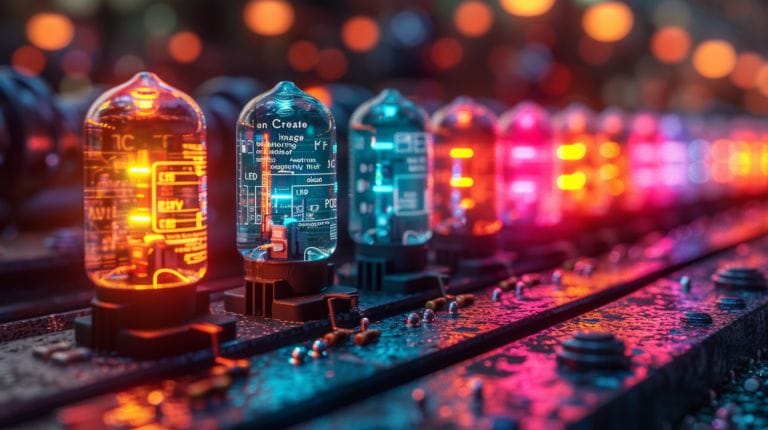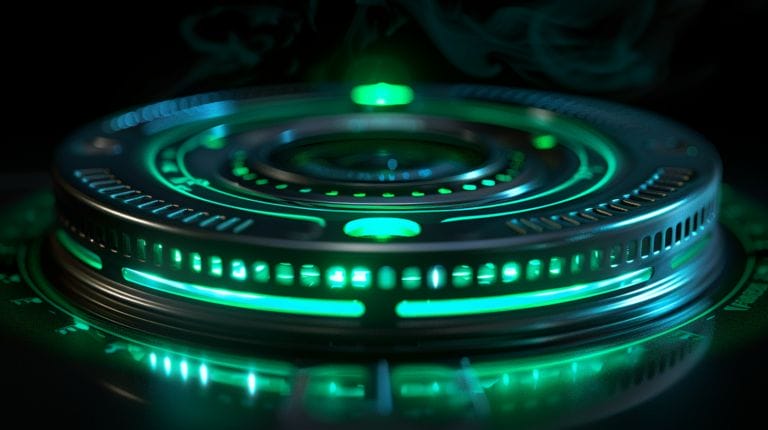How Long Do Fluorescent Bulbs Last? A Light on Lifespan
As we consider the lifespan of fluorescent bulbs, it’s intriguing to ponder just how long these efficient light sources can truly last. Factors like usage patterns, environmental conditions, and the quality of fixtures all play a role in determining their longevity. But what about the specific mechanisms within these bulbs that contribute to their extended life?
Understanding these inner workings sheds light on why fluorescent bulbs outlast traditional incandescent options. Yet, there’s another innovative lighting choice on the horizon that surpasses even these, offering both longevity and energy efficiency.
Key Takeaways
- Lifespan of fluorescent bulbs varies with usage and environment factors.
- Quality fixtures and proper installation can extend bulb longevity.
- Regular maintenance and ideal operating conditions enhance lifespan.
- Avoid rough handling to prevent damage and ensure longevity.
- Environmental impact and cost savings should be considered when choosing fluorescent bulbs.
Understanding Fluorescent Light Bulbs and Their Lifespan

Fluorescent light bulbs, known for their energy efficiency, have a lifespan influenced by usage and environmental factors. The rated life of a fluorescent tube indicates the estimated time until 50% of a large sample of bulbs fails – it’s not a guarantee of each individual bulb’s longevity. Bulb life can be influenced by factors like fixture quality and ballast functionality.
The fixture supports the fluorescent tube and provides the necessary conditions for optimal performance. A well-designed fixture helps distribute light evenly, reduce flickering, and minimize heat buildup – all essential for the bulb’s lifespan. Additionally, a functional ballast – which regulates the electrical current through the bulb – is crucial for efficient operation and longevity.
The Science Behind the Longevity of Fluorescent Bulbs

Fluorescent lamps outlast traditional incandescent bulbs due to their unique structure and process. Unlike incandescent bulbs that use a filament to produce light, fluorescent bulbs rely on a process involving gas and electricity, resulting in a longer burn time and, ultimately, a longer-lasting bulb. Key elements include:
| Feature | Description |
|---|---|
| Gas Composition | Determines light quality |
| Ballast | Regulates electricity flow |
| Phosphor Coating | Converts UV light to visible light |
| Tube Design | Enhances light output |
| Filament Type | Absent, unlike incandescent bulbs |
Comparison of Fluorescent Bulbs with Other Lighting Options

Fluorescent bulbs outshine incandescent bulbs by lasting up to 10 times longer. However, LED bulbs take the trophy by lasting even longer and consuming significantly less energy. This efficiency makes LED bulbs a more cost-effective and environmentally friendly option.
Maximizing the Lifespan of Your Fluorescent Bulbs

Maximizing your fluorescent bulbs’ lifespan involves proper installation and handling techniques. Avoid excessive twisting during installation, and maintain ideal operating conditions, such as proper ventilation and stable temperatures. Regularly dust the bulbs with a soft cloth and avoid rough treatment to prevent damage and prolong their lifespan.
Making the Switch: Evaluating If Fluorescent Bulbs Are the Right Option for You

Fluorescent bulbs offer energy efficiency and a longer lifespan compared to traditional incandescent bulbs. However, they contain small amounts of mercury, so proper disposal is crucial to minimize environmental impact. Calculate the cost savings over the bulb’s life and consider the environmental implications to make an informed decision.
Conclusion
To sum up, understanding the factors that impact the lifespan of fluorescent bulbs can help us maximize their longevity. By considering the science behind their design and comparing them to other lighting options, we can make informed decisions about our lighting choices.
Proper installation, maintenance, and care are essential for getting the most out of our fluorescent bulbs. Ultimately, choosing the right lighting option for our needs and environment is key to saving energy and reducing our carbon footprint.
Frequently Asked Questions
How long do fluorescent bulbs typically last?
Fluorescent bulbs can last anywhere from 7,000 to 15,000 hours on average, depending on the brand and quality of the bulb.
What factors can affect the lifespan of fluorescent bulbs?
The lifespan of fluorescent bulbs can be impacted by factors such as the frequency of turning them on and off, the wattage of the bulb, and the type of lighting fixture they are used in.
What is the significance of the l70 life rating for fluorescent bulbs?
The l70 life rating indicates the number of hours a fluorescent bulb can operate before its light output decreases to 70% of its initial output.
How can I determine the life expectancy of a fluorescent bulb?
To estimate the life expectancy of a fluorescent bulb, you can refer to the manufacturer’s specifications or conduct a test by tracking its usage over time.
Do fluorescent bulbs require a longer warm-up period compared to LEDs?
Yes, fluorescent bulbs typically take a few seconds to reach their full brightness, whereas LEDs instantly produce light when turned on.







